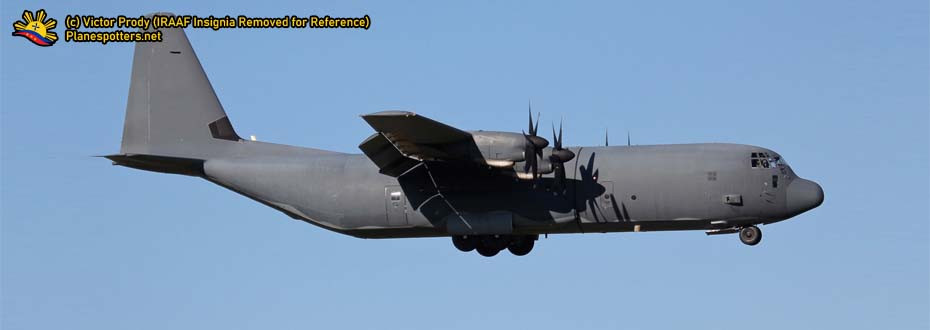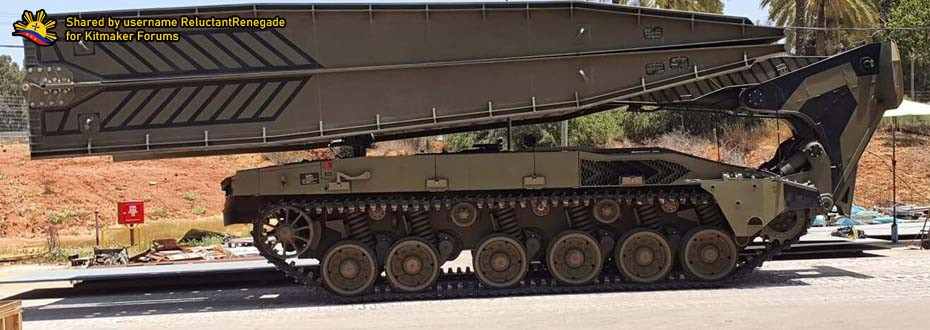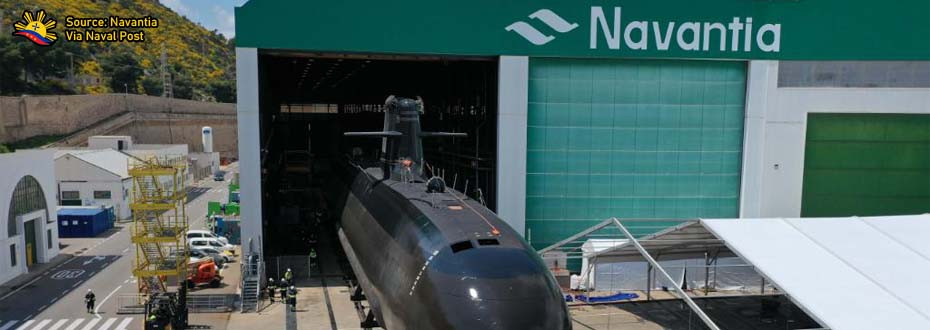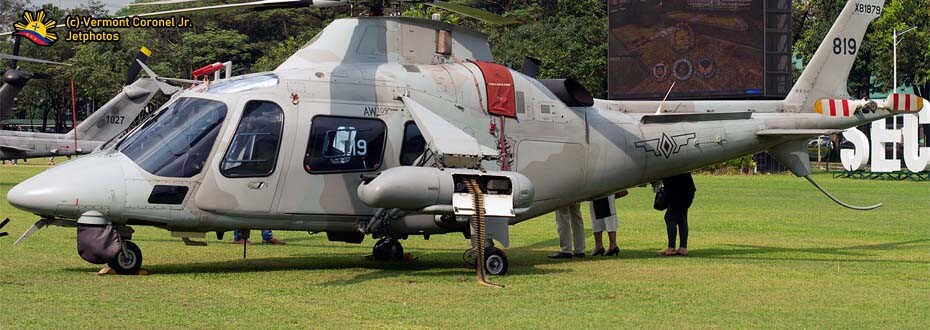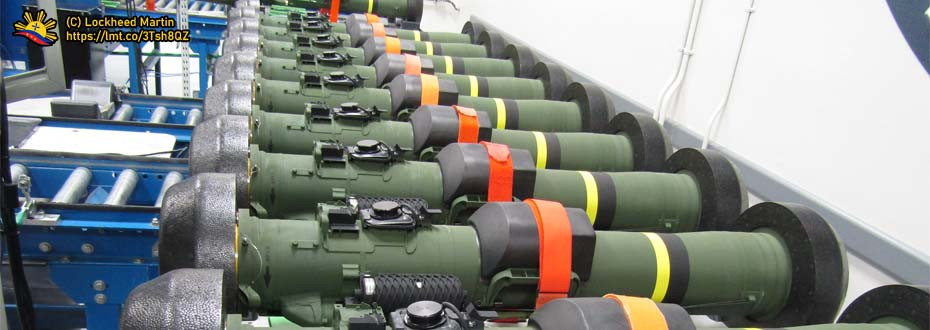OVERVIEW
 |
| The ship's design is presented in ADAS 2018. Image obtained via Wikimedia Commons. |
Take note that the fleet just recently downgraded the classification of the Del Pilar-class vessels from Frigates down to Offshore Patrol Vessels or OPVs, given its lack of capability in terms of anti-ship, anti-submarine, and anti-air operations. This leaves the Navy having zero frigates in service as of the present date until the entry of these ships from South Korea into the fleet.
Hence, the current setup provides good and not-so-good outputs with regards to the capability of the fleet in terms of carrying out its mandate in protecting the country, being a maritime nation in geographical setup, against threats that have originated from the sea. Nevertheless, the Jose Rizal ships still provide that hopes and dreams, somewhat in a way that it is being built with the weapons it needs to be classified as a Frigate.
Given these updates, the ships have taken shape since the steel cutting ceremony that took place last year where the Frigates in its actual size slowly unveils itself to each enthusiast that keeps tabs about its progress.
Within this month, the leading ship of the class BRP Jose Rizal will be delivered in the country from its manufacturer Hyundai Heavy Industries shipyard in South Korea. From there, we will now witness the unveiling of what is to be the most capable naval combatant warship that is ever in the Philippine Navy Service.
TIMELINE
 |
| The perspective image of what the BRP Jose Rizal looks like in the Philippine waters. Image rendition made by PDA Contributor Jun Gonzales. |
The whole plan started when the Republic Act 10349 or the Revised AFP Modernization Program was enacted way back year 2013 where the law extends the provisions slated in the previous R.A. 7898 or the 1995 AFP Modernization Program which at that time has already lapsed.
This paves the way on the various Horizons in which the respective service branch of the Armed Forces of the Philippines started to create with respective big-ticket projects being slated to its respective Horizon as desired on the plans of having a minimum credible deterrence or defense posture.
This was started when the Philippine Navy leadership is looking for a Frigate that will surely pack that firepower which provides the deterrence that the country needs in the limelight of the Scarborough Shoal incident of 2012.
At that time, the Italian Maestrale-class Frigates were provided on the table wherein the Department of National Defense and the Italian government negotiated on the terms and conditions that were provided at that time until the very last moment where the Philippine side decided to pull out from the deal altogether and instead opting to buy newly-produced frigates which will be done under the bidding process with the budget pre-determined by the end-user with different areas of technical aspects of this vessel being considered upon.
By no surprise, the Italian side is pissed from the last-minute decisions that were made at that time wherein the idea of pursuing the Maestrale deal once again seems to be slim, even if this is taken in the current context.
From here, the path is set for the Philippine Navy to procure at least two brand new frigates which will be done through bidding as required under Republic Act. 9184 or the Procurement Law. Take note that the process that undertook this project covers a significant period where it covers eight years from proposals down to the delivery of the final products as well as it covered two administrations in which both deserves commendation, as well as the people who are significantly doing their job behind the scenes.
A year later, prospective bidders emerge and get up to the competition of grabbing the Contract which at that time amounted to 18 Billion Pesos. Participants include the Spanish shipbuilding company Navantia with its Avante 2400 Frigate, South Korea's Hyundai Heavy Industries with its Incheon-class Frigate derivative, India's Garden Reach Shipbuilding and Engineering with its Kamorta-class derivative opted for Philippine Navy specifications as well as with other South Korean shipbuilding companies which are the Daewoo Shipbuilding and Marine Engineering (DSME) and STX Offshore and Shipbuilding Co which is the subsidiary of STX France S.A.
From there, it was known that India's Garden Reach Shipbuilding and Engineering (GRSE) became the lowest bidder of the project, although the awarding of the contract wen to the second-lowest and yet the most responsive bidder of the project which is the Hyundai Heavy Industries or HHI as the former failed the post-qualification requirements.
UNDERSTANDING THE COMPANY - HYUNDAI HEAVY INDUSTRIES
 |
| HHI is one of South Korea's notable shipbuilding companies, catering to both military and civilian customers. Image Source. |
The Hyundai Heavy Industries is currently based on South Korea's Ulsan Shipyard wherein its construction was initiated in 1972 and was completed two years later in 1974, delivering 2,000+ ships of various types since its inception ranging from large, commercial vessels to military platforms ranging from combat vessels like Frigates and Destroyers to support ships with most of those intended to the South Korean Navy.
With a lot of tonnages that the shipyard produces especially with its production of civilian platforms like bulk carriers, cargo ships, car carriers, and even offshore oil rigs, this shipbuilding company obtains a firm record of experience on its expertise in shipbuilding which earned its reputation within South Korea's shipbuilding industry in which it contributes a lot for the country's economy.
Specifically building warships for the South Korean Navy, Hyundai Heavy Industries has built vessels which are comprising of various classes of combatant platforms like the lead ship of the King Sejong the Great-class Destroyers, several Daegu and Incheon-class Frigates, old vessels like the Pohang-class Corvettes as well as support vessels like the Cheonwangbong-class Landing Ship Tanks (LSTs).
Aside from the South Korean Navy, the shipbuilding company also successfully delivered its support platform to New Zealand which came in the form of a Supply Ship named the RNZNS (Royal New Zealand Navy Ship) AOR Aotearoa, an Auxillary Oil Replenishment designed to provide extra oil replenishment at sea, much like an offshore gas station for New Zealand's deployment of its warships outside the country.
With this type of customers that Hyundai Heavy Industries catered from military-based ones to civilian-typed ones, it obtains a lot of potentials for the company to grow more, although its production of ships may depend on the global economy which, on the recent report that was provided, is seemingly slowing down.
It is with this company that they produced the new, ever-capable warships that the Philippine Navy aspires for wherein it may be considered as the most powerful vessel that the organization will obtain once it will be delivered and accepted, although it is still far from the capabilities that the navies of neighboring countries have such as those in Vietnam, Indonesia, Singapore, and most of all, China.
MORE ON ITS SPECIFICATIONS
 |
| The finalized specifications of the Jose Rizal-class Frigates. |
For this article discussion, it is worthy to focus on a single, particular component of the frigate that serves as an encrypted communications suite which helps communicate with the other units on the battlefield in real-time and with up-to-date information that is crucial for the decision making of the higher echelons of the military that determines the outcome of a battle or a war.
This component is referred to the Tactical Data Link that the Jose Rizal-class Frigates will be having especially that these features for these highly-sophisticated combat vessels of the Philippine Navy will be provided by another South Korean defense company who is also responsible for the production of the warship's Combat Management Systems that serve as the brains that interconnect the subsystems fitted onboard.
Currently, the Frigates will be fitted with a Link-P Tactical Data Link which in itself is a derivative of the Korean-developed Link-K Tactical Data Link and with the manufacturer's promise of having it compatible with the Tactical Link-16 that the Philippine Navy desired by the year 2019 with no certainties with regards to this development given that this has already lapsed from the date of this article's publishing date.
Let it be known that the technology and standards that form the Tactical Data Link-16 were developed in the mid-1970s through the U.S. JTIDS Program where it is fitted onboard NATO-Operated AWACS or Airborne Warning and Control System and ground control systems through the larger class 1 terminals, and eventually onboard fighter aircraft such as F-14s and F-15s through their class 2 terminals and eventually with the MIDS program (abbreviated for the Multifunctional Information Distribution System) which is a lightweight terminal intended for NATO allies and smaller U.S. aircraft such as the F-16.
With the communications suite that the ships will be fitted on, there is this uncertainty on the Link-P Tactical Data Link that the South Koreans are offering on the Philippine Navy ships wherein their assurance on its compatibility with the Link-16 are actually showing more concerns, especially that such communications kit is considered more of an untested prototype.
Despite these things, there may still be hope for this additional feature onboard the ships given the details that the South Koreans are in the process of integrating the Link-16 Tactical Data Links onboard its serviceable FA-50s which is also in active service with the Philippine Air Force, although the doubt still remains on the communication suite's compatibility with the Combat Management System fitted onboard the ships.
GETTING IN SHAPE
 |
| The Jose Rizal-class Frigates BRP Jose Rizal (FF-150) and BRP Antonio Luna (FF-151) on Hyundai Heavy Industry's Ulsan Shipyard. Obtained via Google Earth, dated August 5, 2019. |
On the image provided above, it is known that the BRP Jose Rizal (FF-150) was launched on May 23, 2019, which is why it is seen on the water, docking and doing some refit work while the BRP Antonio Luna was launched six months later, on November 8, 2019. The map image provided was dated August 5, 2019.
Some recent developments regarding the ships involve sea trials that determine its limitations regarding its speed, sea state survivability, maneuverability, and others that measure its performance which goes satisfactorily completed as far as their assessments are concerned.
 |
| The BRP Jose Rizal is being prepared for sea trials. (c) Philippine Navy |
It is with these steps that the organization is improving a bit more, although more projects in the Philippine Navy's pipeline which as just as essential as this one such as the FAIC-M or the Fast Attack Interdiction Craft - Missile, Philippine Navy corvettes which are basically the Flight 2 of this class of ship, and the Offshore Patrol Vessels which may be produced from a shipyard owned by an Australian company.
The prospective dates of the ship's delivery will take place this year, ranging from the second quarter down to the last quarter of the year which may help provide the navy some supplanted platforms to patrol the waters amidst the prospective retirement of its older vessels which may appropriately be done with replacements beforehand.
DEVELOPMENTS AND MILESTONES
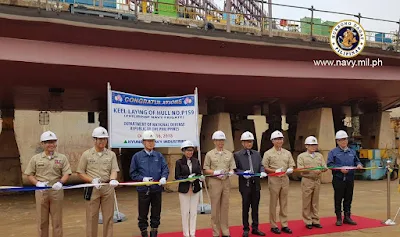 |
| The Keel Laying of the BRP Jose Rizal took place on October 16, 2018 which was launched into the water six months later. Image from the Philippine Navy. |
The progress between these milestones does show the speed that it took for the Hyundai Heavy Industries to produce the BRP Jose Rizal, to the extent that it may comply up to its delivery deadline which may take place on the second quarter of the year 2020, rendering it as the recent addition to the fleet to have until the second ship which is the BRP Antonio Luna will be delivered as well within the year.
Speaking of the BRP Antonio Luna, its steel cutting took place on September 17, 2018, which is four months after the first ship's keel laying with the same happened with this ship on the date that the BRP Jose Rizal launched to the water on May 13, 2019. This followed with its own launching to the water six months later as aforementioned.
Like the first ship before it, the BRP Antonio Luna also progressed on its milestones in a shorter period which may help the Hyundai Heavy Industries comply with its deadline wherein all of the ships may render active service by the year 2021, although it takes more time for the crew to make the warships fully operational just like in the case of its corresponding AW-159 Antisubmarine helicopters which is set to do just where it will go operational by November 2020.
These milestones are indicating the ship's manufacturing, systems testing, and performance trials get on its track although its firepower capabilities are currently being hampered by a simple fact that it has subsystems that may get procured, later on, embedding the idea of Fitted For But Not With which renders the ships a bit underpowered until it has these items integrated as well.
Nevertheless, only time will tell with regards to this development as there may still things that may happen along the way, although the idea of keeping the flag on the West Philippine Sea is still there as it goes with the speech of the Philippine Navy's new Flag Officer-In-Charge Rear Admiral Giovanni Carlo Bacordo where these ships may stand hope with the service branch's plans of decommissioning old ships on its fleet.
Such hopes of modernization also stand on other projects that the Philippine Navy has in the pipeline that were mentioned as these tools, along with the new Jose Rizal-class Frigates, provides the service branch the current capability it needs as it may get more sophisticated ones along the way shall things go preferable by Horizon 3 spanning from 2022 up to the year 2028.
TO SURMISE IT UP
Since the ships' first steel cutting, it recently takes shape as both of the vessels are now floating in the water from their respective launches in the year 2019 and is now currently undertaking various tests and sea trials which is to determine its performance measurements in correlation to the standards that the end-user sees on these vessels.
Speaking of standards, there is one gray area discussed especially on its communications suite subsystems like the Tactical Data Link 16 that is currently being utilized by the United States and allies under the North Atlantic Treaty Organization or NATO which is designed to deliver real-time data about the current situation of the battlefield.
Despite these potential shortcomings that may come with the vessels' subsystems, it is still worthy to take it as the most sophisticated vessel that the Philippine Navy will soon obtain as it is fitted with subsystems which are interconnected together by a Combat Management System which is the Hanwha Naval Shield ICMS as well as having weaponry on board that is not commonly available in the fleet with the BRP Conrado Yap (PS-39) being the stepping stone as it obtains weapons fit like torpedo tubes and sensors like sonar for anti-submarine operations.
With the plans of decommissioning older, legendary warships are being set by the service branch, it may go apparent that such ships such as the Jose Rizal-class Frigates or similar vessels which obtains better specifications and purpose are needed, with the necessary funding be prioritized as well as the projects that are set in the pipeline, as the purpose of procuring more assets go along with the capabilities that are needed in assuring protection of the country's vast territorial waters as well as providing a presence in the country's Exclusive Economic Zone such as the contested ones west of the country.
Overall, the Jose Rizal-class Frigates may be considered a significant headstart of the fleet's desire of modernizing itself for the better, which is currently in materialization since its first purchase of the BRP Gregorio del Pilar (PS-15) way back in 2011 in which its sights are set on the Horizon especially for the Revised AFP Modernization Program's Horizon 3 (2022-2028) with more projects coming on its way to having the desired minimum defense posture that the country needs for national defense.









